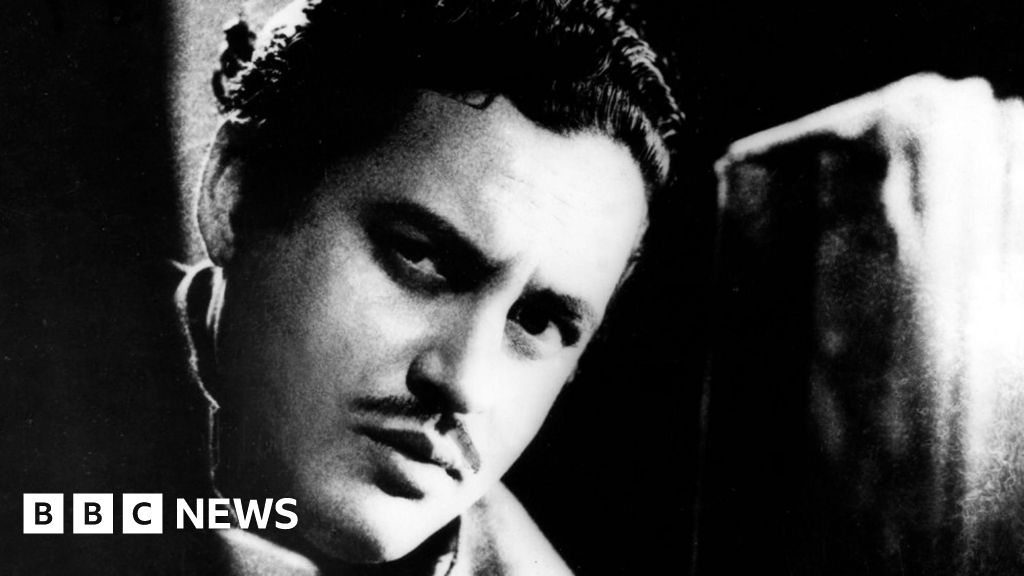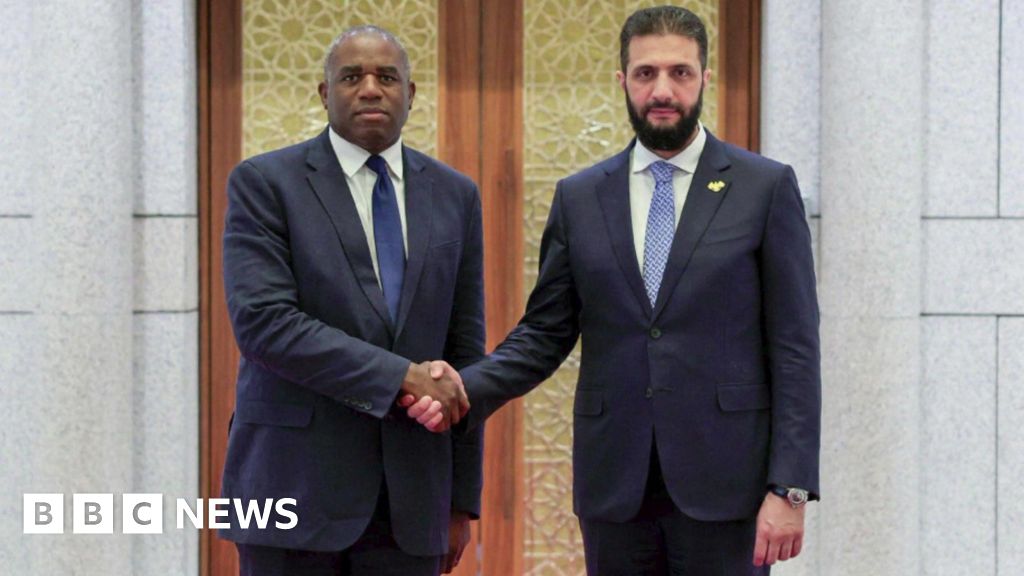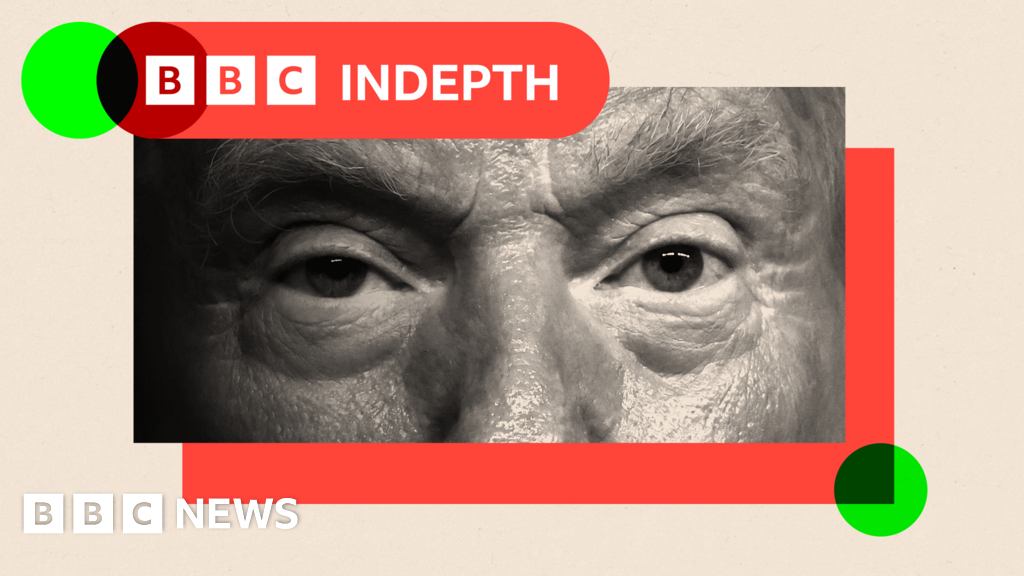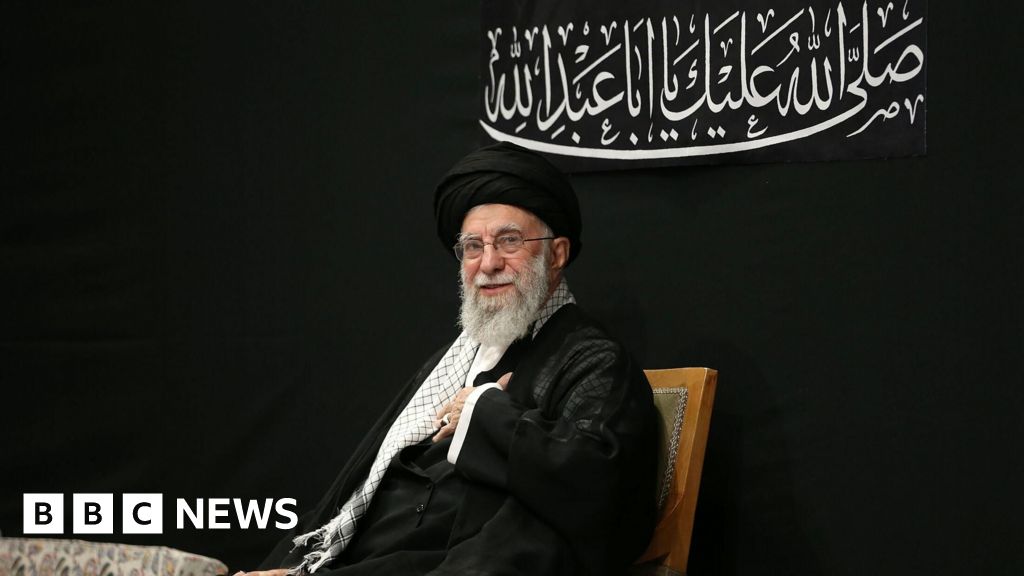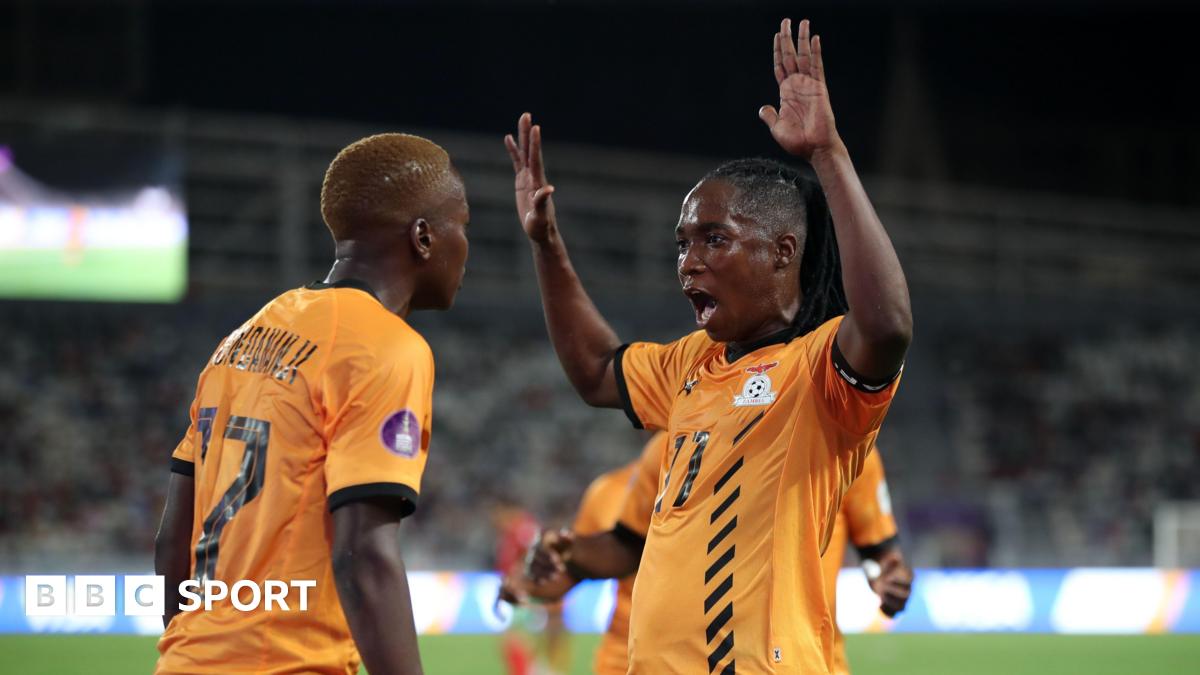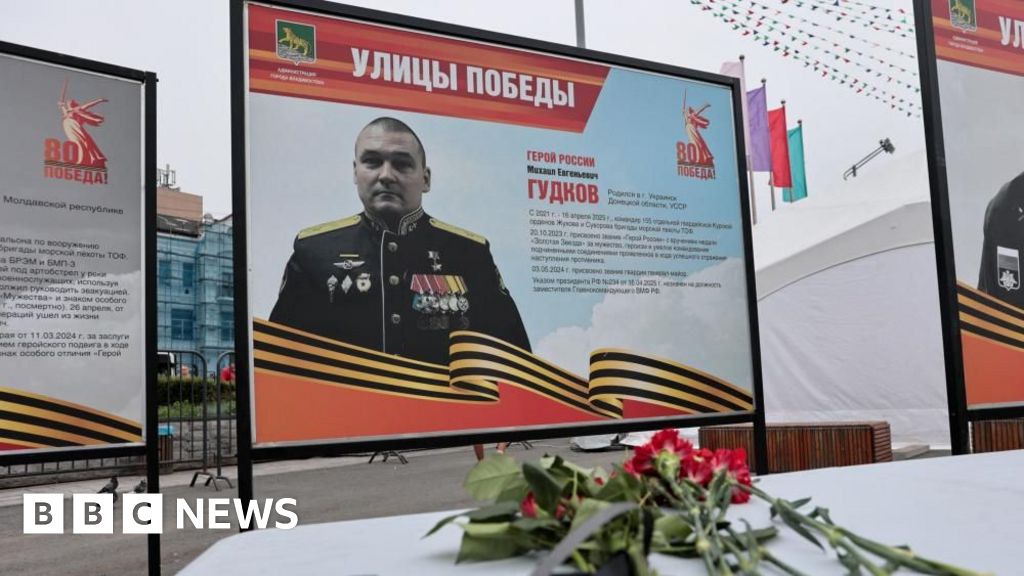The White House, for two months, has warmly embraced the Kremlin.
But President Vladimir V. Putin of Russia has given little in return, despite his professed willingness to cooperate.
His forces have carried on bombarding Ukraine, both on the front and deep into the Ukrainian heartland. He has barely budged in peace negotiations, freighting an agreement to a unconditional 30-day cease-fire with myriad conditions. His subordinates have dragged out talks, voicing requirements for a limited Black Sea truce in recent days.
Then, during an Arctic appearance late last week, Mr. Putin suggested a temporary Ukrainian government might need to be installed under the auspices of the United Nations and an election might need to be held to pave the way for a lasting end to the war.
The implication was that a quick peace would not be in the offing, with Mr. Putin again suggesting he couldn’t cut a deal with President Volodymyr Zelensky of Ukraine, whom Moscow for months has been tarnishing as illegitimate.
President Trump took notice.
The U.S. president told NBC News this weekend that he was “very angry” about the comments and threatened to impose tariffs on any country buying Russian oil, a measure that could dent Moscow’s most crucial source of income for the war.
“If Russia and I are unable to make a deal on stopping the bloodshed in Ukraine, and if I think it was Russia’s fault — which it might not be — but if I think it was Russia’s fault, I am going to put secondary tariffs on oil, on all oil coming out of Russia,” Mr. Trump said.
The result is a question of increasing relevance for the most-Russia friendly American administration in decades: Is Washington prepared to pile pressure on Mr. Putin, whose authoritarian power, disregard for term limits and crusade against liberals have long appealed to Mr. Trump?
“I think Trump wants so much a deal with Putin that he will not immediately go in the other direction and put Russia under pressure,” said Stefan Meister, a Russia expert at the German Council on Foreign Relations in Berlin. “But I think we are moving closer to a turning point, where Trump understands that Putin might not have an interest in any deal and all the time will put something additional on the table of what he wants to get.”
On the battlefield, there is no sign Mr. Putin intends to back off.
Russian drones are bombarding Ukrainian cities with intense frequency and ferocity. In recent weeks, the attacks have taken on a deadly pattern as Russia concentrates a blizzard of drones, many armed with powerful thermobaric warheads, on different population centers.
Russian forces are preparing to launch yet another large-scale offensive, Ukrainian commanders have warned, amid intense fighting across the front. Mr. Putin, far from seeing a conflict that has reached a standstill, is boasting that his army is preparing to “finish off” the Ukrainian military.
“There are reasons to believe that we will finish them off,” Mr. Putin said during a visit to a nuclear-powered submarine in Murmansk. Russia, he claimed, is “moving toward achieving all the goals stated at the beginning of the special operation.”
Those goals ultimately amount to bringing Ukraine back under Moscow’s thumb.
Despite bristling about Mr. Trump’s demand for rights to its minerals, Ukraine has agreed to every cease-fire proposal the Trump administration has put forward to stem the violence — from an unconditional 30-day pause on strikes on energy infrastructure to a cessation of violence on the Black Sea.
The efforts have won Kyiv only so much good will in Washington, now run largely by leaders skeptical of Ukraine.
Mr. Trump also threatened Mr. Zelensky over the weekend, accusing the Ukrainian leader of trying to back out of the deal to give the U.S. mineral rights as compensation for American aid.
“He’s trying to back out of the rare earth deal and if he does that he’s got some problems, big, big problems,” Mr. Trump told reporters on Sunday on Air Force One.
Mr. Putin has long questioned Ukraine’s sovereignty, and the U.S. government said his invasion of Ukraine in 2022 aimed to topple Mr. Zelensky’s government. Mr. Putin seemed to reiterate that goal on Friday, calling for a “temporary international administration” to be installed.
As Mr. Putin is adding to his list of demands, Russian drone strikes continue unabated. In recent days, Russia hit a hotel complex in Dnipro in central Ukraine, killing four civilians and injuring some two dozen people, as well as hospital and residential homes in Kharkiv, killing two and injuring more than 50.
“The geography and brutality of Russian strikes, not just occasionally, but every day and night, show that Putin couldn’t care less about diplomacy,” Mr. Zelensky said on Sunday night. “For several weeks now, there has been a U.S. proposal for an unconditional cease-fire. And almost every day, in response to this proposal, there are Russian drones, bombs, artillery shelling and ballistic strikes.”
The Trump administration has so far declined to take any significant action to pressure Russia. Mr. Trump has declined to acknowledge that it was Russia that started the war, falsely declared Mr. Zelensky a “dictator,” and briefly suspended American military assistance and intelligence sharing with Ukraine after a disastrous meeting in the Oval Office.
At the same time, the White House has taken steps that benefit the Kremlin, including halting the work of several U.S. security agencies to counter Russian sabotage, disinformation and cyberwarfare, disbanding an F.B.I. team that seized the assets of Russian oligarchs and dismantling organizations that Moscow has long loathed, including the aid agency U.S.A.I.D.
Mr. Trump said that he planned to speak to Mr. Putin again this week. His threat to impose new punitive measures against Russia followed several hours playing golf with President Alexander Stubb of Finland, a staunch supporter of Ukraine.
After the meeting, Mr. Stubb said at a news conference in London that he suggested Mr. Trump set a deadline for Russia to accept an unconditional cease-fire — April 20, which is Easter Sunday.
The limited agreement by both Russia and Ukraine to halt attacks on energy infrastructure for 30 days, which contained no enforcement mechanism, appears to be falling apart. Both sides have already accused the other of violating the deal.
Dmitri S. Peskov, the Kremlin spokesman, said on Monday that there was no scheduled call between Mr. Putin and Mr. Trump this week but said one could be set up “very quickly.” Mr. Peskov downplayed Mr. Trump’s oil threat, and said that Russia was continuing to work with the United States.
Mr. Trump has made threats against Russia before, writing on Truth Social in January that Mr. Putin needed to “settle now and stop this ridiculous war” and warning the Russian leader “we can do it the easy way, or the hard way.”
The U.S. president’s first administration, filled with Russia hawks, signed off on measures that challenged Moscow. But his second is missing many of those figures, apart from Secretary of State Marco Rubio, who in the past has pushed for a muscular approach to Russia.
Mr. Trump promised on the campaign trail that he would end the conflict within 24 hours of becoming president. Mr. Putin’s comments made peace seem further away, raising questions about what the American leader will do if he realizes he has hit a wall in his negotiations with Moscow.
“It is an illusion from Trump’s camp that Putin will supply what they want,” Mr. Meister said. “Putin has completely different interests. There is no overlap. It is a construct in a way from the Trump camp, and they will learn it hard.”
Source link



